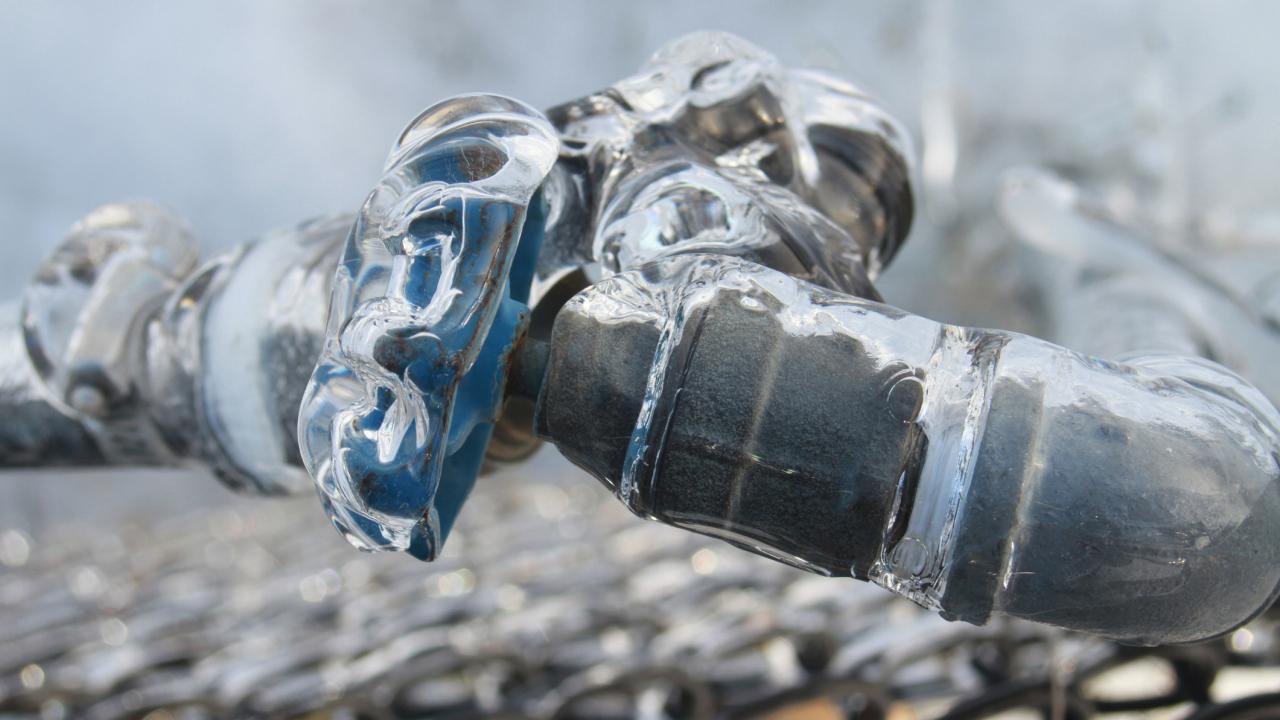What're your thoughts with regards to Helpful Tips to Prevent Frozen Pipes this Winter?

Winter can wreak havoc on your pipes, especially by freezing pipes. Here's how to avoid it from occurring and what to do if it does.
Intro
As temperatures decline, the danger of frozen pipelines increases, potentially leading to expensive repair work and water damage. Understanding just how to avoid frozen pipes is important for house owners in cold environments.
Prevention Tips
Protecting at risk pipes
Wrap pipelines in insulation sleeves or make use of warm tape to safeguard them from freezing temperature levels. Focus on pipelines in unheated or outside areas of the home.
Heating techniques
Maintain indoor areas effectively warmed, particularly locations with plumbing. Open up cabinet doors to permit cozy air to circulate around pipes under sinks.
How to determine frozen pipes
Seek decreased water circulation from faucets, unusual smells or sounds from pipes, and noticeable frost on revealed pipelines.
Long-Term Solutions
Architectural adjustments
Think about rerouting pipes far from outside walls or unheated areas. Add additional insulation to attic rooms, cellars, and crawl spaces.
Updating insulation
Buy top notch insulation for pipelines, attic rooms, and walls. Proper insulation assists preserve constant temperatures and reduces the threat of icy pipes.
Safeguarding Outdoor Plumbing
Yard pipes and outdoor taps
Separate and drain yard pipes before winter months. Set up frost-proof spigots or cover outdoor faucets with protected caps.
Comprehending Frozen Pipelines
What triggers pipes to freeze?
Pipes ice up when exposed to temperature levels listed below 32 ° F (0 ° C) for extended periods. As water inside the pipelines freezes, it increases, taxing the pipeline walls and possibly triggering them to burst.
Dangers and problems
Icy pipelines can result in water disruptions, home damage, and expensive repair work. Burst pipes can flooding homes and create substantial structural damage.
Indicators of Frozen Piping
Recognizing icy pipes early can stop them from breaking.
What to Do If Your Pipelines Freeze
Immediate actions to take
If you believe frozen pipelines, maintain taps available to ease stress as the ice thaws. Use a hairdryer or towels taken in hot water to thaw pipelines slowly.
Verdict
Stopping frozen pipes calls for proactive measures and fast actions. By understanding the causes, indications, and preventive measures, homeowners can safeguard their plumbing throughout winter.
5 Ways to Prevent Frozen Pipes
Drain Outdoor Faucets and Disconnect Hoses
First, close the shut-off valve that controls the flow of water in the pipe to your outdoor faucet. Then, head outside to disconnect and drain your hose and open the outdoor faucet to allow the water to completely drain out of the line. Turn off the faucet when done. Finally, head back to the shut-off valve and drain the remaining water inside the pipe into a bucket or container. Additionally, if you have a home irrigation system, you should consider hiring an expert to clear the system of water each year.
Insulate Pipes
One of the best and most cost-effective methods for preventing frozen water pipes is to wrap your pipes with insulation. This is especially important for areas in your home that aren’t exposed to heat, such as an attic. We suggest using foam sleeves, which can typically be found at your local hardware store.
Keep Heat Running at 65
Your pipes are located inside your walls, and the temperature there is much colder than the rest of the house. To prevent your pipes from freezing, The Insurance Information Institute suggests that you keep your home heated to at least 65 degrees, even when traveling. You may want to invest in smart devices that can keep an eye on the temperature in your home while you’re away.
Leave Water Dripping
Moving water — even a small trickle — can prevent ice from forming inside your pipes. When freezing temps are imminent, start a drip of water from all faucets that serve exposed pipes. Leaving a few faucets running will also help relieve pressure inside the pipes and help prevent a rupture if the water inside freezes.
Open Cupboard Doors
Warm your kitchen and bathroom pipes by opening cupboards and vanities. You should also leave your interior doors ajar to help warm air circulate evenly throughout your home.

We were brought to that write-up about Preventing and dealing with frozen pipes from an acquaintance on a different web blog. Do you know somebody who is interested in the niche? Why not share it. I treasure your readership.
Check This Out
Comments on “Essential Tips for Avoiding Frozen Plumbing in Cold Weather Seasons”